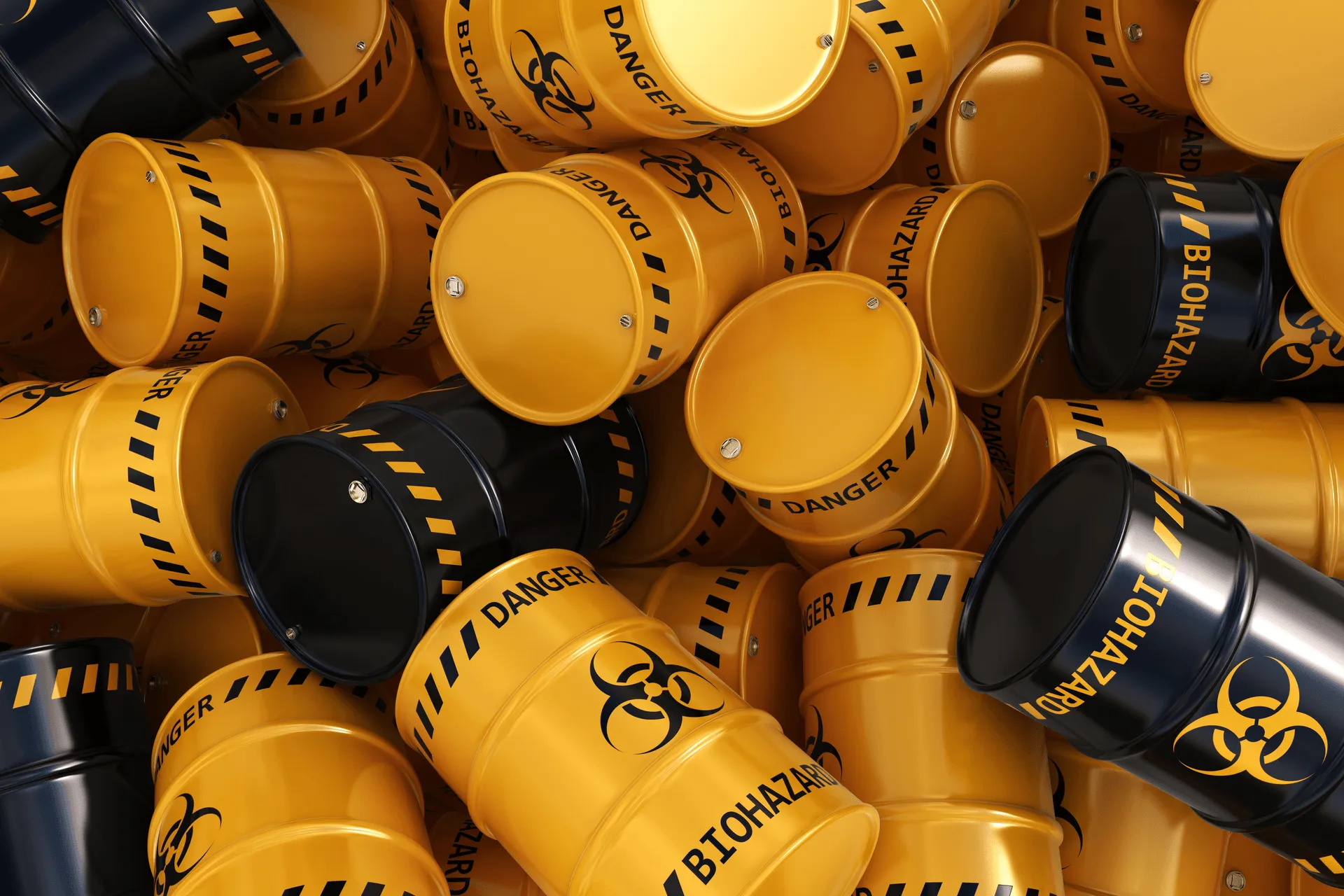How to Safely Transport Hazardous Products On-Site
Whether a business is involved with chemical manufacturing or is part of the medical field, there is bound to be a time where staff needs to transport hazardous products from one area of the property to another.
We’ve discussed the importance of safety with regard to vehicle transportation, but, the team at TAS Environmental Services also knows that safety is paramount when it comes to any form of chemical and waste transportation.
Here are some of our tips for safely transporting hazardous products on-site and what protocols your team should follow in the event of an accidental spill.
Properly Label Your Materials
Your hazardous materials should always be properly labeled. Before transporting any chemicals or waste, examine the material’s storage container and look for the key OSHA requirements of a chemical label:
- Your labels should have pictograms
- A signal word (i.e. Caution, Warning, Danger)
- Precautionary statements
- Product/material identification
- Supplier identification
Never Handle Hazardous Products First-Hand
Even if your chemicals are already stored in jars or other appropriate containers, never transport these materials by hand. You may just be walking to the next department, but leaks and spills can still occur.
As a precautionary measure, reduce the risk of unnecessary exposure and always place your chemical containers in a secondary tray.
During the actual movement of your materials, best safety practices state to place the tray on mobile equipment like a laboratory cart. With hazardous materials involved, you don’t want to create any trip and fall risks while carrying a tray of dangerous materials through your job site.
Always Keep Your Materials Separated
Even if your chemicals are already stored in their own containers, keep incompatible materials away from each other on your transportation tray. This may require you to make a couple of extra trips during transportation, but even a minor spill or leak from incompatible chemicals can result in a devastating reaction that puts you and the people around you at risk.
Wear Appropriate PPE
Personal protective equipment (PPE) is designed to keep you safe while handling hazardous materials. During on-site transportation, it’s essential that you wear appropriate PPE to protect yourself from illnesses or injuries that result from immediate contact with a chemical.
Some examples of chemical PPE you should wear during transportation include the following:
● Eye protection
● Total skin coverage
● Gloves
● Closed-toed shoes
● Splash shields
Never Forget Your Emergency Spill Kit
Your business should always have spill management kits available for use during on-site transportation. In the event of a spill or leak, an emergency spill kit can help the employees transporting the materials clean up the mess quickly and safely.
Is Your Spill Substantial? TAS Environmental Services can Help!
Sometimes an accidental spill can result in an incident that can’t be resolved with an emergency spill kit alone. In these cases, quickly secure and evacuate the spill area, ensure that no waste can leak into nearby drains, and reach out to TAS Environmental Services for expert cleanup and removal.
Our industrial services include site remediation and decontamination practices that quickly get your operations back on track. Our emergency response teams are on-call 24/7 and can efficiently assist with any hazardous spills. Contact us today to learn more about our services.

